Product Links
Endmill Selection Guide
An endmill is a cutting tool used in industrial milling applications. It is distinguished from the drills in its application, geometry and manufacture. While a drill can only cut in the axial direction, an endmill can cut in all directions.
Endmills are used in milling applications such as profile milling, tracer milling, face milling, plunging, contouring, slotting, drilling, and reaming.
Several broad categories for endmill tools exist.
Refer to our endmill basics and selection guide to learn about the several broad categories, and how they’re best used.
Types of Endmills
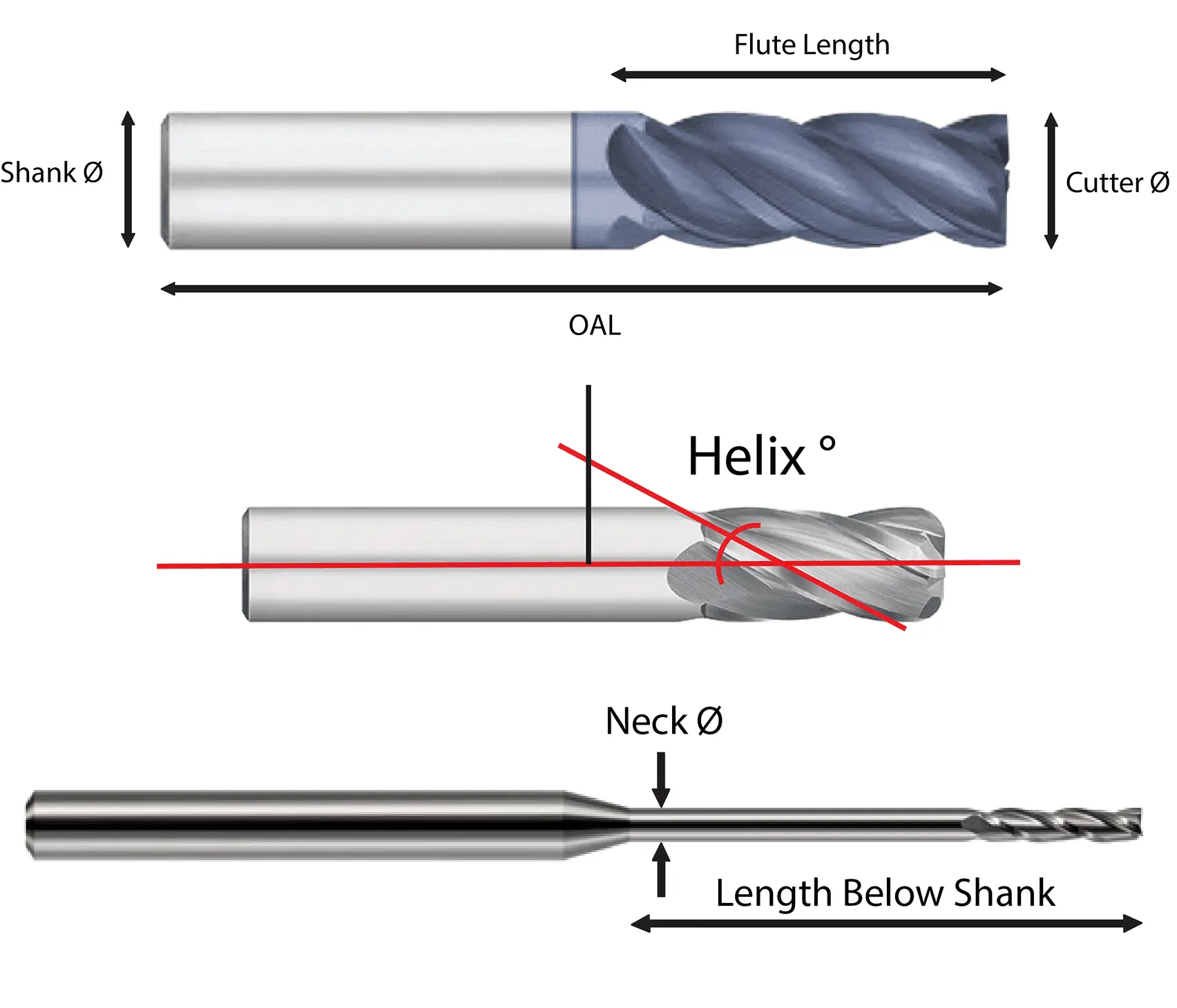
Anatomy of an Endmill
Cutter Diameter: The diameter of the theoretical circle formed by the cutting edges as the tool rotates.
Shank Diameter: The width of the shank that is held in the toolholder.
Overall Length: The total length of the tool between both axial ends.
Length of Cut/Flute Length: The functional cutting depth with the tool in the axial orientation.
Length Below Shank: Also called the reach, is the length from the necked portion to the end of the cutting end of the tool.
Neck Diameter: The diameter of the neck.
Helix Angle: The angle measured from the centerline of the tool and a straight line tangent along the cutting edge.
Flutes: The spiraled cutting grooves in the tool. Fewer flutes allow for larger chips and a deeper cut depth, but are weaker and best suited for plastics and aluminum. More flutes increase the tool strength but reduce the cutting depth for a smoother cut better suited for harder materials.
Variable Helix: A variable helix endmill utilizes unequal flute spacing to reduce harmonics which can greatly extend tool life and improve part finish.
Variable Pitch: Refers to cutting edge spacing that is unequal. On a standard 4-flute tool the cutting edges would be 90 degrees apart. By creating an endmill with unequal pitch some more some less than 90 degrees, the cutting forces are changed which results in reduced vibration, higher feed rates and better part finishes.
Flute Types
Flutes are the cutting surface of the body of the tool. It is a cavity that spirals along the axis of the tool body. A small number of flutes allow for more chip space allowing for faster material removal, but make the tool weaker. A higher number of flutes will increase the strength of the tool and are better suited for cutting harder materials.
Single Flute: Used for high-speed machining of high-volume material removal often in plastics or CFRP.
Two Flute: Used for high-volume removal in slotting and pocketing non-ferrous materials.
Three Flute: The same space between flutes as the two-flute endmill, but are stronger. Used for ferrous and non-ferrous materials.
Four Flute: Stronger than the three-flute endmill allowing for faster feed rates. They have less flute space than the 3-flute endmill and produce smaller chips. These are most often used when cutting ferrous materials.
Five Flute: Have smaller flute spacing than four-flute endmills allowing for more strength than four-flute endmills. These are better suited for high-efficiency milling and hard materials.
Six Flute and Above: These are finisher endmills that produce a very fine finish. They are also commonly used in dynamic or high-efficiency machining (HEM).
Cutting Tool Substrate
Solid Carbide: Is more rigid than high-speed steel (HSS) and can be run 2-3x’s faster. They are also extremely heat resistant and perform well with cast iron and non-ferrous materials.
High-Speed Steel (HSS): Used in general milling applications.
Vanadium High-Speed Steel (HSSE): Have better wear resistance than HSS. Good for stainless steel and aluminum applications.
Coatings and Finishes
Coatings play a crucial part in the performance of your cutting tool, however, tool geometry is just as important to be successful. These are the best coatings for a given application:
| P - Steels | ||
| Best Coatings: | AlCrN | Aluminum Chromium Nitride |
| AlTiNX | Aluminum Titanium Nitride Xtreme | |
| TiAlNX | Titanium Aluminum Nitride Xtreme | |
| AlTiN | Aluminum Titanium Nitride | |
| Alternatives: | TiCN | Titanium Carbo-Nitride |
| TiN | Titanium Nitride | |
| CrC | Chromium Carbide | |
| M - Stainless Steels | ||
| Best Coatings: | AlCrN | Aluminum Chromium Nitride |
| AlTiNX | Aluminum Titanium Nitride Xtreme | |
| TiAlNX | Titanium Aluminum Nitride Xtreme | |
| AlTiN | Aluminum Titanium Nitride | |
| Alternatives: | TiCN | Titanium Carbo-Nitride |
| CrC | Chromium Carbide | |
| K - Cast Irons | ||
| Best Coatings: | AlTiNX | Aluminum Titanium Nitride Xtreme |
| TiAlNX | Titanium Aluminum Nitride Xtreme | |
| AlTiN | Aluminum Titanium Nitride | |
| Alternatives: | AlCrN | Aluminum Chromium Nitride |
| TiCN | Titanium Carbo-Nitride | |
| TiN | Titanium Nitride | |
| N - Non Ferrous | ||
| Best Coatings: | ZrN | Zirconium Nitride |
| TiCN | Titanium Carbo-Nitride | |
| TiB2 | Titanium Diboride | |
| DLC | Diamond Like Carbide | |
| S - High Temp Alloys | ||
| Best Coatings: | AlCrN | Aluminum Chromium Nitride |
| AlTiNX | Aluminum Titanium Nitride Xtreme | |
| TiAlNX | Titanium Aluminum Nitride Xtreme | |
| AlTiN | Aluminum Titanium Nitride | |
| Alternatives: | TiCN | Titanium Carbo-Nitride |
| CrC | Chromium Carbide | |
High-Efficiency Milling (HEM) Also Known as Dynamic Milling
HEM is a method of milling that has gained considerable popularity because of the increase in shop efficiency, extended tool life, improved productivity and cost savings. Most CAM packages offer modules that generate HEM tool paths. In HEM, a lower radial depth of cut and higher axial depth of cut is utilized. This allows for the entire cutting length of the tool to be used, spreading the heat and wear over the surface which increases tool life. It also works on the theory of Radial Chip Thinning. In this method, a smaller radial depth of cut allows for increased efficiency of chip removal. The CAM application can then increase the load on the tool throughout the roughing process, resulting in aggressive material removal rates. RedLine Tools has a large assortment of endmills that are perfect for this methodology.
We hope this endmill selection guide helps you find the right tools for your job.
For Technical and Application Information including Feed Speeds, HEM Slotting, Facing, Helical Ramping, Straight Line Ramps, Long Reach Adjustments, Eliminating Wall Taper When Finishing, Ball Node Endmill Adjustments, Surface Finishing.
Includes: Surface Feet Per Minute, Inches Per Minute, Revolutions Per Minute, Chipload Per Tooth, Feed Per Revolution, Metal Removal Rate.




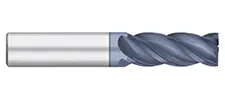
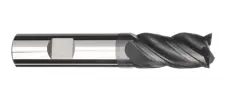
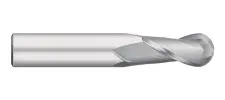
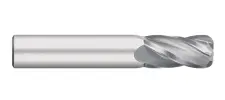
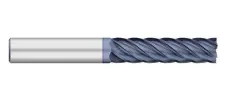
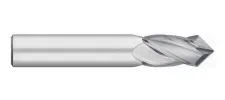
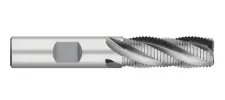
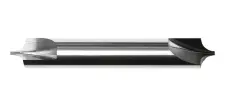
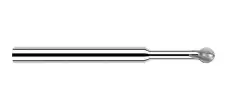
.png)